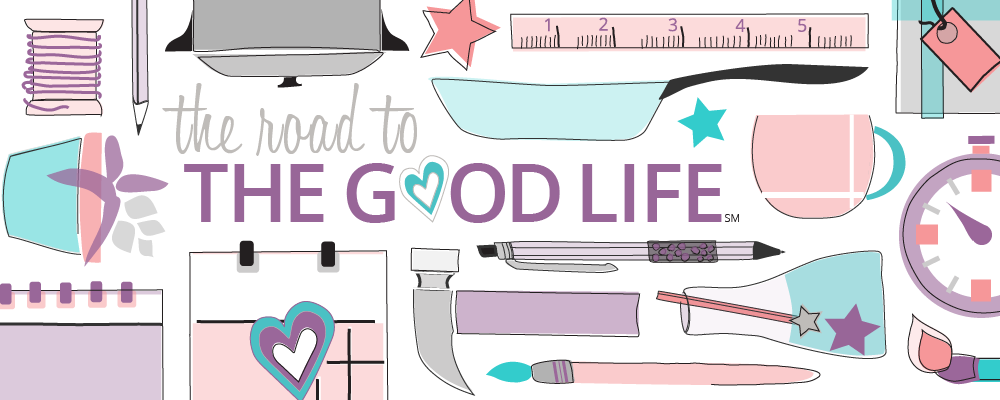Working with Fonts: Four Tips for Filtering Font Choices
Many of us have a love/hate relationship with fonts. Who can say they don't cringe a little when they see Comic Sans? (I still have to figure out how to change the font default on my iPad's Notepad app.) We also tend to be obsessive in our use of fonts we love for personal projects.
And then it happens. We hamstring ourselves trying to figure out how to legally use a beloved font for a commercial project.
As I worked through this summer's Find Your Voice Workshop, I started coming up with ideas for how I (and others) could better capture live experiences without detracting from the experience itself. I came up with a few potential products. And then, I realized I had a problem. My favorite fonts, those fonts that to me represent my personality, are only available for personal use. And, back to the drawing board I had to go.
To ensure you (and I) don't end up branding with the wrong fonts, here are some simple tips:
To ensure you (and I) don't end up branding with the wrong fonts, here are some simple tips:
1. Limit yourself to commercial use fonts.
When I started blogging and building my brand, I never thought I'd ever potentially be selling products. A word to the wise: never look at fonts that prohibit commercial use; it's heartache you don't need. I spent days searching through fonts looking for fonts that were close to the ones I'd already fallen in love with.
2. Consider fonts that have online and offline versions.
Because I basically had to start over with new fonts, I added a second constraint: whatever font I chose it needed to work for both print and web. Linotype defines the two types of fonts as follows:
- "Desktop fonts are designed to be installed on your computer for use with applications such as Microsoft Word or Adobe Photoshop. They are licensed per computer."
- "Webfonts are specially tuned fonts for use on websites using the CSS @font-face declaration. They are licensed for a set number of page views with no time limitation."
3. Download fonts from a reputable source.
I also didn't want to research the provenance of my fonts--to ensure that a free font really is safe for commercial use--so I further limited myself to fonts from reputable type foundries, such as Fonts.com, FontShop, Linotype, MyFonts, and Typekit by Adobe.
In the end, it came down to a few options for the san serif font and the script font.
- San Serif Font Replacements: Akko Regular; Compacta Light; Kaliber; Komu A
- Script Font Replacements: Argenta Regular, Cluff HMK, and Forget Me Not HMK Regular
4. Remove for personal-use only fonts.
So that you don't accidentally use (or even consider) for personal-use fonts in commercial fonts uninstall them. Make their use intentional; each time you use them in project install and then uninstall the for personal-use only font.
Do you have rules you follow when you choose fonts?
Ciao Bella!
Eden!
P.S. Don't feel like commenting? Strike up a conversation with me elsewhere: Twitter, Instagram, Facebook, or Pinterest.
Credits: All layouts designed by and images taken by Eden Hensley Silverstein for The Road to the Good Life.
